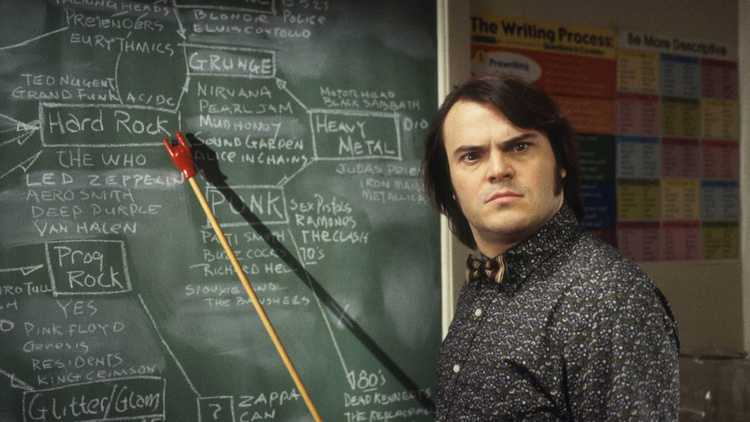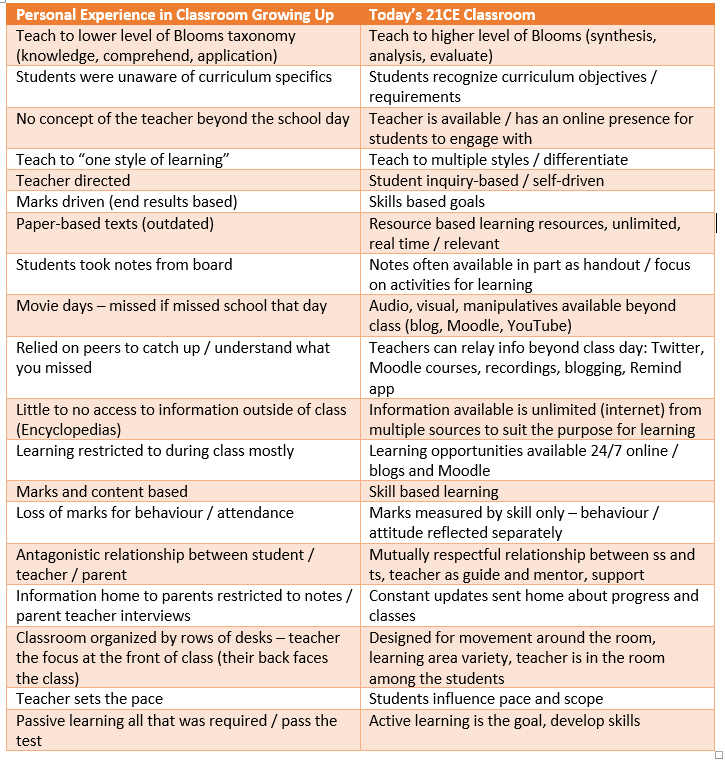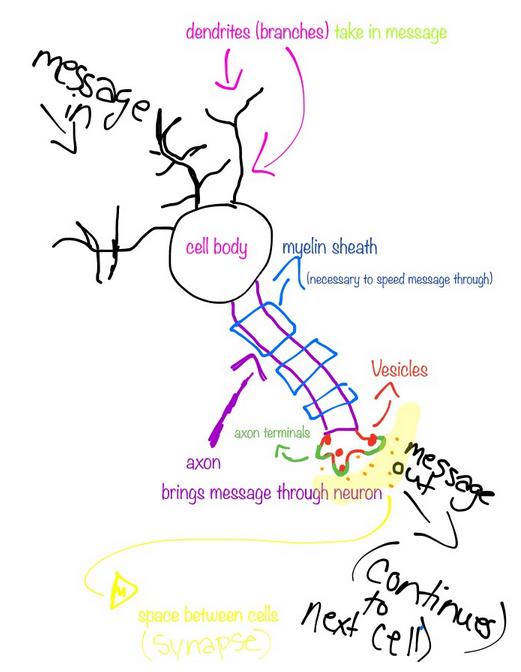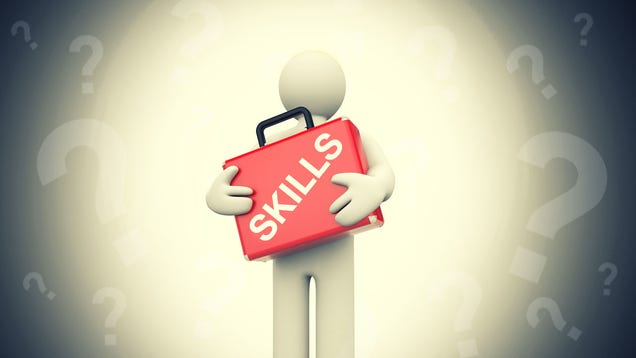21C Educator: 01 Teaching/ Learning in 21st Century
Teaching and Learning in the 21st Century…
What’s a 21CE?
In this first section of the course, we had to research enough to synthesize our personal understanding of what a 21st Century Educator is and what that might look like in application. This is a good year for me to be investigating a 21ce, since for the last seven years I was primarily an online course developer / instructor; this year, I’m only in the classroom. I’ve been tech-savy since starting in education, blogging since 2006 for example, so having time to focus on this role is quite a bonus for me. Having a new classroom once again, though, allows me opportunity to be very reflective of what my classroom would have looked like several years ago when I last had my own room and decide what elements of the 21ce I want to add in the present. 
Eight years ago, before starting in Kenaston, I was teaching ELA in a small school in Goodsoil, Sk; their ELA teacher was away getting cancer treatments and it was a treat for the school and students to have a younger, more technology-capable teacher. They reacted very positively to me and my methods. I remember creating my own environment by hooking a projector up to my laptop on a rolly cart and teaching with media, YouTube clips, my handouts and websites. I had them engaged! Push forward eight years now, I have an environment that embraces technology and resources, like the SmartBoard and our 1:1 mobile devices. In this environment, we’re collaborative (everyone creating and sharing information and projects), we’re learning by using new technologies (both them and myself) like using Socrative, Remind, Google Keep, and One Drive, they’re producers of handouts and examples to share with the class, we’re connected to each other and the class outside of the school day through Remind and the homework Blog and they’re engaging with these more and more, and focusing and adapting the learning to their specific strengths through identifying their Multiple Intelligence strengths. In short, my classroom is inviting, engaging, multi-modal, accessible beyond the room, stimulating through several types of apps for group and / or personal learning, allows for individualized creativity, shared with others beyond the room (Twitter / blog) and the material and resources available allow for personalized learning. That checks a lot of the 21ce characteristics I’ve narrowed down.
A classroom of the past…
It crossed my mind today to consider: “What type of learning and opportunity would I have experienced had I been born in today’s generation instead of in the 70s… er I mean 80s! Well, there are plenty of movies set in that time period if I’m lacking specifics of my own experiences.
born in today’s generation instead of in the 70s… er I mean 80s! Well, there are plenty of movies set in that time period if I’m lacking specifics of my own experiences.
In putting some thought into it, I drafted it up into a chart format (below in orange) but other examples came to mind after this. For example, in a traditional classroom there were often examples of learning projects on the walls in poster style. Today, it would rather be a QR code that would lead someone to a digital copy of a learning task. (I’ll continue leaving other examples here as they come to mind.)

What 21CE skills can I contribute?
I’ve had the benefit of being influenced professionally by the right people to lead me towards a technology-infused method of instruction. I’ve used a variety of technologies for years, so when narrowing down what skills are required for this type of teaching I don’t get too nervous about much change. With all these qualities, though, I could take it another step further. We try new technologies or use a variety of them for different purposes. For example, I previously relied on Dropbox for submissions, but because the division tech dept. has restricted the bandwidth for that and it makes it complicated for students to submit I’ve switched to OneDrive because they all have access to it. It’s painful to use – it isn’t nearly as intuitive to use as Dropbox – but we’re adapting to our circumstances and making the best of it / learning it. We used Google Drive, instead, today because we are going to all collaborate and share responses on a single document, which can’t happen (as efficiently / smoothly) as it does in Google Drive. We’ve been using all their devices in the classroom, cell phones included. They’ll use them to check vocabulary definitions or pronunciations, since Siri or Google will recite the answers. I’m using digital resources and sharing handouts at times through the cloud. There’s still a high reliance / comfort associated with a binder that I can understand. My concern in going wholly paperless is that when it comes time to study that a student might be hindered because they mis-organized a file or other interruptions. There’s a tactile element, too, still valuable in papers organized together. I am encouraging them to use their tablets for some notetaking, like yesterday when we were drawing out diagrams of
 neurons and the nervous system. I encouraged them to use their Notability app, because they could use a variety of colours, zoom in and create a clear and detailed diagram, and as I walked among them to see the samples they were drawing I was so impressed. I had them submit their copy to me, and there were such individuality and creativity in how they drew it out, though they all mostly fit the same pattern. In that circumstance, I would say the tablet hit the Modification level, which is into Transformation. I definitely take advantage of collaborative apps or opportunities, whether it’s by checking understanding/opinion through a Socrative open-ended question collecting responses to a Google doc where many students have a text to analyze together, and they make their own legends / colour coding system and a plan for how to work through it. This year, the students are connecting online with me, through the Homework/Edublogs Blog, through the Remind app, through using the Moodle course with resources online, as well as OneDrive and email. I’m also playing with what connections can be made with previous students (graduated ones who can offer advice to these young ones on something like what to anticipate with blogging) or just checking in through Twitter.
neurons and the nervous system. I encouraged them to use their Notability app, because they could use a variety of colours, zoom in and create a clear and detailed diagram, and as I walked among them to see the samples they were drawing I was so impressed. I had them submit their copy to me, and there were such individuality and creativity in how they drew it out, though they all mostly fit the same pattern. In that circumstance, I would say the tablet hit the Modification level, which is into Transformation. I definitely take advantage of collaborative apps or opportunities, whether it’s by checking understanding/opinion through a Socrative open-ended question collecting responses to a Google doc where many students have a text to analyze together, and they make their own legends / colour coding system and a plan for how to work through it. This year, the students are connecting online with me, through the Homework/Edublogs Blog, through the Remind app, through using the Moodle course with resources online, as well as OneDrive and email. I’m also playing with what connections can be made with previous students (graduated ones who can offer advice to these young ones on something like what to anticipate with blogging) or just checking in through Twitter.
In some ways, I’m not entirely there. I’m not investing in Project-Based learning, yet. With the right time and opportunity, I would dig more into that, but I’m not at a place where I’m able to this year / right now. I think I do allow choice in many things, but there could maybe be room for more of that. I could draw students more together in a collective/collaborative and more on-going global online activity, but again I’m doing what I’m able to this year, so I’m satisfied with what’s going on now.
Professional Learning Target for the year
My professional learning target this year was to engage students in their learning activities beyond the classroom period and physical room. I’m using Remind a great deal, and it’s helped students track what they’re responsible for and they’re also using it to communicate in ways I think they’d avoid otherwise. For example, I’ll get a text in the morning from someone who says they won’t be at school or texts from students reviewing work the night before an exam. We’re using Socrative for backchannelling, so some of the most quiet students are becoming more vocal and involved in learning tasks. They’re using the Moodle course and blog to access materials, like notes copied out during a class they missed, or I can post a video to either for those who were away. I’m encouraging them to use and update a Keep app to track their assignments in each class, rather than rely on scribbles on pieces of paper. It either seems that they’re more engaged with me individually with the learning, or I just have more time and attention to spend towards this, but either way I’m happy with the involvement I’m getting from them.
My tattoo… my digital tattoo…
The days of a teacher can fly by pretty quickly and be completely full of events and reminders and things that come up. In that atmosphere, it’s easy to fall into a bit of a rut. Without keeping an eye or ear out for new techniques or ideas that you could incorporate into your teacher or use with your assessment, a teacher can easily just run the routine, but not be very effective in what they’re doing. Or inspired.
These are the things I’m finding through online Professional Learning Networks. It started mostly a few years ago when I signed up for email updates from some Educational sites and I would get an email once a week. I tried incorporating some time into my week, like Sunday mornings, to look through some of the ideas in them. More recently, though, I’ve become less passive in that community of educators and more involved. I’m not at the point where I’m creating content to share online, but I don’t need to be. I’m constantly seeing examples of what teachers in my division are doing, what topics are being discussed Globally in Education, what new apps or websites can offer, and engaged in reflection. It can easily become overwhelming – miss a day of scanning the Tweets and you have no  hope of catching up – but I’ve accepted that it isn’t the type of thing you have to be completely thorough in. Whatever you do encounter when you’re using it is enough to get you thinking and, with that, you’ll take these ideas and influences as you’re able and to suit your own purposes.
hope of catching up – but I’ve accepted that it isn’t the type of thing you have to be completely thorough in. Whatever you do encounter when you’re using it is enough to get you thinking and, with that, you’ll take these ideas and influences as you’re able and to suit your own purposes.
As for the benefit, there’s now a history and collection of posts to reflect my true Philosophy of Education. Rather than a potential employer or colleague ever wondering about this, they can view it through my history online. It’s also a positive thing for my students to be aware of and understand that what they do online today will matter and potentially be the reason they do or don’t get a job they apply for in their future. That’s the way it works.
